We find out if people in Tokyo are ripping off their masks and throwing them to the wind in light of the new changes.
public transport
When you hear this term being used on trains, it’s often a euphemism for something more serious.
The group will continue to test their zip-line propelled capsule cars in Odawara City in Kanagawa.
With any luck, we might be able to see this awesome autonomous public transport quite soon.
When I was younger, my father would remind me every time I went overseas, “if a stranger at the airport asks for your help with their luggage, harden your heart and say no, because you don’t know what’s in their bag.” I’ve always kept that piece of advice in the back of my mind although I’ve never come across such a situation in all these years, and most people know not to ask other travellers to handle their bags.
Seeing this prank video created by a Korean YouTuber, however, made me appreciate my father’s words a lot more. Being just a funny prank, nothing dangerous or illegal was involved, but this package sure came with generous servings of embarrassment and hilarity!
This past year the Tokyo Metro has been brought to life in many different ways, ranging from a spaghetti-alien map to, well, a 3-D spaghetti-alien map. But it’s the latest re-imagining of the Tokyo Metro in the highly versatile SVG format that’s currently causing a lot of commotion online.
The first time I went to Tokyo alone, I got lost within the first five minutes of arriving at Shinjuku Station, unable to comprehend why there were so many transfers to different lines going in different directions. Without mobile data on my phone, I was basically one of the ‘internet-less lost gaijin’ crippled by the lack of Google Maps who ended up befriending the station master at every transfer station because, without them, I would probably have had to spend the night hanging out with the buskers on the streets.
The maps in Japanese subway stations are not only confusing, they also look like multi-colored spaghetti or weird roller coasters, and I can clearly recall thinking how nice it would be to have a better-looking representation of the city’s train lines. Thankfully, it looks like South Korean design company Zero per Zero has fulfilled my wish with their subway map designs, which are becoming a hot topic on Reddit.
Taking the bus or train is a mundane routine for many of us. Sometimes, when there are delays in the arrival or an unexpected breakdown of such public transportation, we get annoyed or even angry at the drivers or transportation companies. But how many of us have ever thanked them for fulfilling their responsibilities of arriving on time, or for driving safely?
Over in Taichung, Taiwan, a bus driver went the extra mile to help a blind commuter onboard and off the bus, winning some unexpected praise and commendation from passengers and netizens on Taiwanese forums.
Japan is of course not the only country that experiences crowded trains and subways during rush hour. Over the last 10 years Singapore’s population has increased by 30 percent, putting pressure on its public transportation system, especially during the morning rush. Though Japan is trying to alleviate overcrowding with wider trains, Singapore is taking a different approach to the problem; free fares until 7:45 a.m. for anyone getting off at one of 16 stations in the downtown core.
Bringing commuters to Tokyo from neighboring Saitama Prefecture, the Saikyo Line, operated by the East Japan Railway Company (JR East), is one of the busiest in the metropolitan area. During morning rush hour its trains are packed to 200 percent capacity. On June 30, however, E233 Series trains were introduced to the line, and officials are hoping the new carriages, which are a whole 15cm wider, will reduce crowding by ten percent.
That’s right. Now instead of having to endure bone-crushing, suffocating, sucking-the-will-to-live commutes in trains packed to 200 percent capacity, riders will be able to breathe, and perhaps move just a little, while enjoying the relative luxury of a train crammed to just 190 percent capacity!



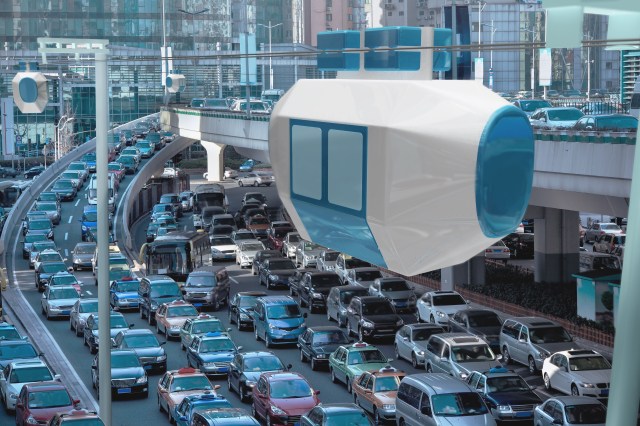
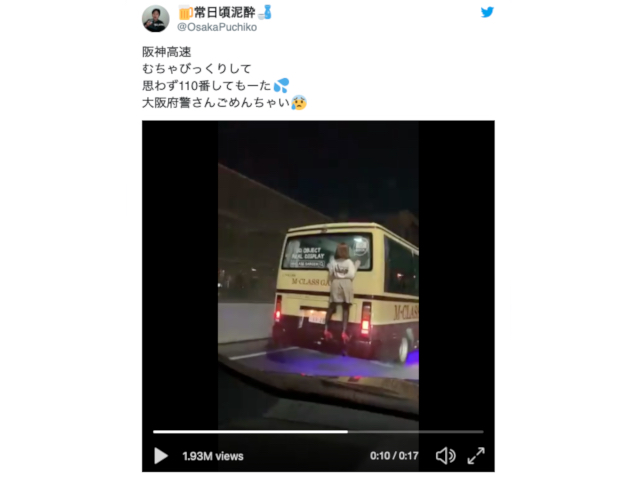









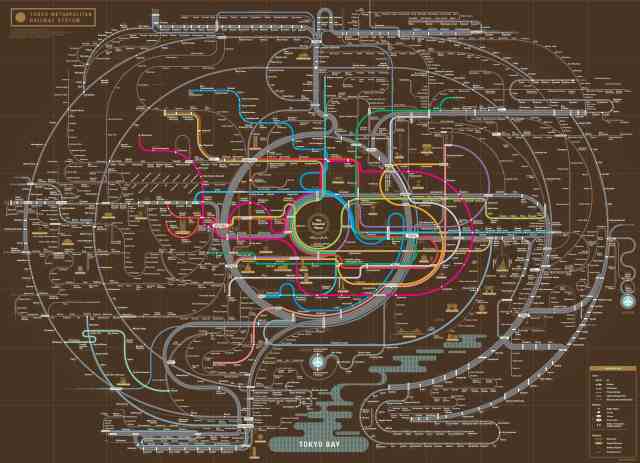
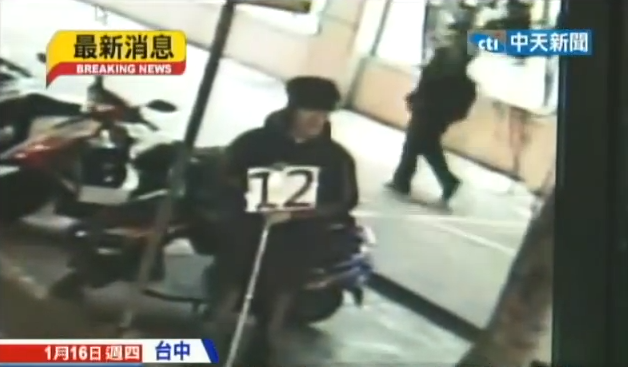


 Foreigner’s request for help in Tokyo makes us sad for the state of society
Foreigner’s request for help in Tokyo makes us sad for the state of society Seaside scenery, history, and so many desserts on Yokohama’s Akai Kutsu【Japan Loop Buses】
Seaside scenery, history, and so many desserts on Yokohama’s Akai Kutsu【Japan Loop Buses】 Should you add tartar sauce to Japanese curry rice? CoCo Ichi makes diners an unusual offer
Should you add tartar sauce to Japanese curry rice? CoCo Ichi makes diners an unusual offer Japanese city loses residents’ personal data, which was on paper being transported on a windy day
Japanese city loses residents’ personal data, which was on paper being transported on a windy day Harajuku Station’s beautiful old wooden building is set to return, with a new complex around it
Harajuku Station’s beautiful old wooden building is set to return, with a new complex around it Red light district sushi restaurant in Tokyo shows us just how wrong we were about it
Red light district sushi restaurant in Tokyo shows us just how wrong we were about it Osaka governor suggests lowering voting age to 0 to curb population decline
Osaka governor suggests lowering voting age to 0 to curb population decline Japanese ramen restaurants under pressure from new yen banknotes
Japanese ramen restaurants under pressure from new yen banknotes Expensive Japanese nail clippers: Are they worth it?
Expensive Japanese nail clippers: Are they worth it? Japan’s massive matcha parfait weighs 6 kilos, contains hidden surprises for anyone who eats it
Japan’s massive matcha parfait weighs 6 kilos, contains hidden surprises for anyone who eats it McDonald’s new Happy Meals offer up cute and practical Sanrio lifestyle goods
McDonald’s new Happy Meals offer up cute and practical Sanrio lifestyle goods French Fries Bread in Tokyo’s Shibuya becomes a hit on social media
French Fries Bread in Tokyo’s Shibuya becomes a hit on social media Studio Ghibli releases new action figures featuring Nausicaä of the Valley of the Wind characters
Studio Ghibli releases new action figures featuring Nausicaä of the Valley of the Wind characters New private rooms on Tokaido Shinkansen change the way we travel from Tokyo to Kyoto
New private rooms on Tokaido Shinkansen change the way we travel from Tokyo to Kyoto Tokyo Tsukiji fish market site to be redeveloped with 50,000-seat stadium, hotel, shopping center
Tokyo Tsukiji fish market site to be redeveloped with 50,000-seat stadium, hotel, shopping center Beautiful Ghibli sealing wax kits let you create accessories and elegant letter decorations【Pics】
Beautiful Ghibli sealing wax kits let you create accessories and elegant letter decorations【Pics】 Studio Ghibli releases Kiki’s Delivery Service chocolate cake pouches in Japan
Studio Ghibli releases Kiki’s Delivery Service chocolate cake pouches in Japan New definition of “Japanese whiskey” goes into effect to prevent fakes from fooling overseas buyers
New definition of “Japanese whiskey” goes into effect to prevent fakes from fooling overseas buyers Our Japanese reporter visits Costco in the U.S., finds super American and very Japanese things
Our Japanese reporter visits Costco in the U.S., finds super American and very Japanese things All-you-can-drink Starbucks and amazing views part of Tokyo’s new 170 meter-high sky lounge
All-you-can-drink Starbucks and amazing views part of Tokyo’s new 170 meter-high sky lounge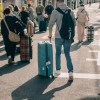 More foreign tourists than ever before in history visited Japan last month
More foreign tourists than ever before in history visited Japan last month New Pokémon cakes let you eat your way through Pikachu and all the Eevee evolutions
New Pokémon cakes let you eat your way through Pikachu and all the Eevee evolutions Disney princesses get official manga makeovers for Manga Princess Cafe opening in Tokyo
Disney princesses get official manga makeovers for Manga Princess Cafe opening in Tokyo Sales of Japan’s most convenient train ticket/shopping payment cards suspended indefinitely
Sales of Japan’s most convenient train ticket/shopping payment cards suspended indefinitely Sold-out Studio Ghibli desktop humidifiers are back so Totoro can help you through the dry season
Sold-out Studio Ghibli desktop humidifiers are back so Totoro can help you through the dry season Japanese government to make first change to romanization spelling rules since the 1950s
Japanese government to make first change to romanization spelling rules since the 1950s Ghibli founders Toshio Suzuki and Hayao Miyazaki contribute to Japanese whisky Totoro label design
Ghibli founders Toshio Suzuki and Hayao Miyazaki contribute to Japanese whisky Totoro label design Doraemon found buried at sea as scene from 1993 anime becomes real life【Photos】
Doraemon found buried at sea as scene from 1993 anime becomes real life【Photos】 Tokyo’s most famous Starbucks is closed
Tokyo’s most famous Starbucks is closed One Piece characters’ nationalities revealed, but fans have mixed opinions
One Piece characters’ nationalities revealed, but fans have mixed opinions We asked a Uniqlo employee what four things we should buy and their suggestions didn’t disappoint
We asked a Uniqlo employee what four things we should buy and their suggestions didn’t disappoint Princesses, fruits, and blacksmiths: Study reveals the 30 most unusual family names in Japan
Princesses, fruits, and blacksmiths: Study reveals the 30 most unusual family names in Japan Red light district sushi restaurant in Tokyo shows us just how wrong we were about it
Red light district sushi restaurant in Tokyo shows us just how wrong we were about it Osaka governor suggests lowering voting age to 0 to curb population decline
Osaka governor suggests lowering voting age to 0 to curb population decline Japanese ramen restaurants under pressure from new yen banknotes
Japanese ramen restaurants under pressure from new yen banknotes Expensive Japanese nail clippers: Are they worth it?
Expensive Japanese nail clippers: Are they worth it? Japan’s massive matcha parfait weighs 6 kilos, contains hidden surprises for anyone who eats it
Japan’s massive matcha parfait weighs 6 kilos, contains hidden surprises for anyone who eats it An overnight trip on the Sunrise Izumo, Japan’s awesome Tokyo-Shimane sleeper train【Photos】
An overnight trip on the Sunrise Izumo, Japan’s awesome Tokyo-Shimane sleeper train【Photos】 We turn into paranormal investigators, check out the “world’s scariest” haunted spot in the U.K.
We turn into paranormal investigators, check out the “world’s scariest” haunted spot in the U.K. Japan’s first-ever wanko soba conveyor belt restaurant opens in Tokyo
Japan’s first-ever wanko soba conveyor belt restaurant opens in Tokyo Members of pop group Snow Man embarrassed for misinterpreting the word “snowman”
Members of pop group Snow Man embarrassed for misinterpreting the word “snowman” Get ready with Roland, the top-earning host in Japan【Video】
Get ready with Roland, the top-earning host in Japan【Video】 Enjoy Kyoto (Part 2) — Take a tour of Sumiya, the only remaining ageya building in Japan
Enjoy Kyoto (Part 2) — Take a tour of Sumiya, the only remaining ageya building in Japan Muji cake mania! Which of the 23 flavors of cake they sell are the best?
Muji cake mania! Which of the 23 flavors of cake they sell are the best? One Piece underage drinking cover raises eyebrows as Luffy raises a cold one
One Piece underage drinking cover raises eyebrows as Luffy raises a cold one